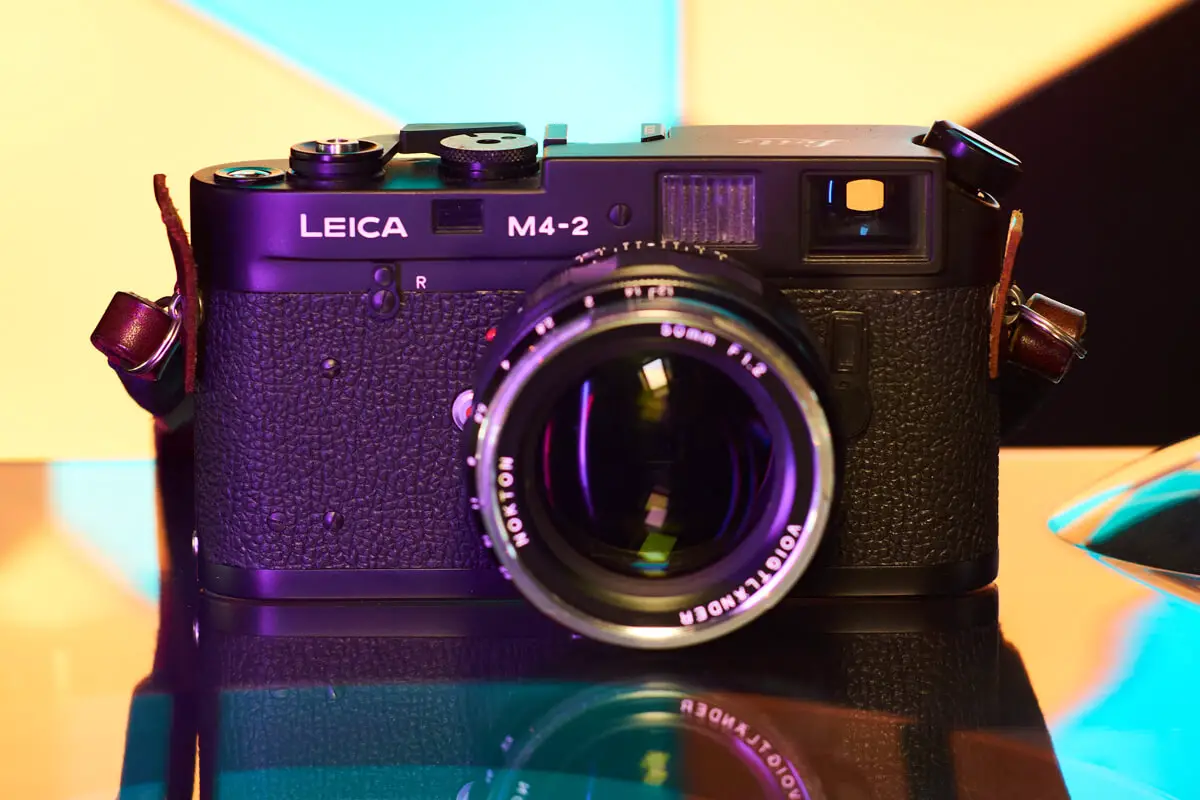I had a 400ft reel of expired 8572 kicking around the boat, and decided to load 100ft into cassettes to start shooting. I’ve heard horrendous stories of expired Fuji cine films just not holding up like their Kodak Vision counterparts… But, I got a great deal on this reel and figured it was worth testing out.
At this point I’ve shot two test rolls for another project, but haven’t developed them yet. I’ve been trying to figure out ways to kill time while we’re stuck at the docks during the pandemic and thought a little B&W experiment with a roll of this might be interesting.
It’s 15yr old film, so in order to make sure it got enough light, I added one stop per… NOPE, I totally didn’t. I shot this sucker in my Leica M4-2 at box speed… as I tend to with all my expired films. This stuff was rated/metered/shot at 500 without the use of any filters as well. The whole roll was shot in one afternoon wandering around the little town we have the boat at.

I wasn’t sure about the developing times, as the only time I’ve cross processed C-41 in B&W, I chose to do a stand development and it looked horrible. I spent some time going through other posts about ECN-2 films in B&W and discovered that a lot of people seem to use Kodak T-Max times as their starting point. So, I relied on my trusty ol’ Rodinal at 1:25 for 7 minutes. I figured this would be a safe bet to get some form of images from the roll and I could adjust for the next roll from the results of this combo.
As it turned out, this was a hell of a starting point. The images looked solid when I took them out of the tank.





Scanning them was another story. There was way more grain than I thought there’d be. I scanned 12 negs in with my V550, and thought that maybe it was struggling to push enough light through the thicker film base on the 8572… So, I pulled out the light table and my sony macro kit. I shot the whole roll this way and brought them into CaptureOne to invert and clean up. No dice…
In fact, the because the files were sharper (the v550 is less than stellar for 35mm) the grain was so much sharper and more noticeable. It was really pronounced. I don’t mind it, but it definitely wasn’t what I was expecting. I am very curious to see how a different developer would fair on this emulsion. My other B&W developer is ILFORD DD-X, so maybe on the next roll I’ll give that a try – using Tri-X 400 times as a starting point once again.
For the price of the 400ft reel, I may just start shooting this stuff as an almost expendable B&W film when I don’t want to burn a roll of ILFORD HP5 PLUS. I shoot a couple rolls a week these days and that tends to get pricey when you’re bored and just shooting for the sake of shooting.
~Ryan
Submit your 5 Frames… today
Get your own 5 Frames featured by submitting your article using this form or by sending an email via the contact link at the top of the page.
Share your knowledge, story or project
The transfer of knowledge across the film photography community is the heart of EMULSIVE. You can add your support by contributing your thoughts, work, experiences and ideas to inspire the hundreds of thousands of people who read these pages each month. Check out the submission guide here.
If you like what you’re reading you can also help this passion project by heading over to the EMULSIVE Patreon page and contributing as little as a dollar a month. There’s also print and apparel over at Society 6, currently showcasing over two dozen t-shirt designs and over a dozen unique photographs available for purchase.







